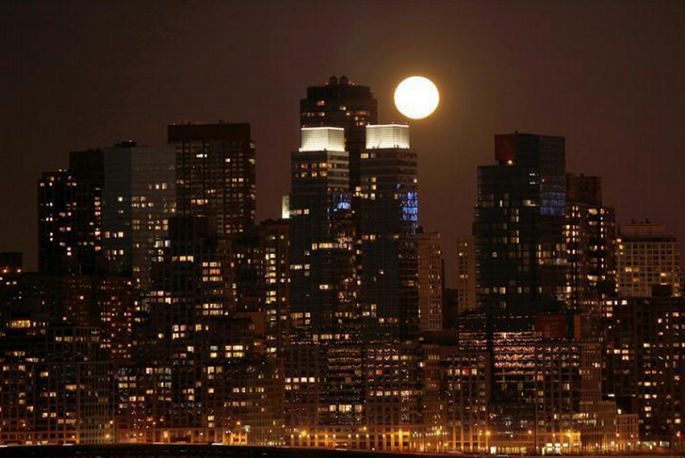The supermoon will undergo a total lunar eclipse during this year's Mid-Autumn Festival set to happen on Sept. 27, though the phenomenon will not be visible from China, where the festival is celebrated by gazing at the moon.
Supermoon is an astrological term for when the moon is new or full and is in the part of its orbit that is closest to the earth. This makes the moon appear around 12 to 14 percent larger than its usual size.
In astronomy, the phenomenon is called a perigee-syzygy.
The last supermoon happened in Aug. 2014, but the last eclipse of a supermoon happened on Sept. 27, 1982. The next occurrence is expected to happen sometime in 2033.
Wang Sichao, researcher at the Purple Mountain Observatory affiliated with the Chinese Academy of Sciences, said that the eclipse will be visible to people in Africa, Europe and the Americas but not in China.
Wang said that the moon during this year's Mid-Autumn Festival will appear to be especially large due to the coincidental combination of the supermoon and the eclipse.
There is also the possibility that atmospheric conditions during a lunar eclipse can create a blood moon, making the moon appear red to observers. This happens when the moon is fully covered by the Earth's shadow and the planet refracts light through its atmosphere, casting the moon in a crimson red light.
A blood moon was recently observed and recorded at the start of April this year in Taiwan.
The blood moon has been considered a bad omen, and fortunetellers claim a supermoon can cause natural disasters like earthquakes and tsunamis.
However, Wang said that the supermoon only affects tides and recommends people to watch the tidal bore of the Qiantang River in Hangzhou, which is likely to be spectacular during the phenomenon.



























